Chichen Itza
Chichen Itza was the largest and most important Mayan city in the Mexican state of Yucatan. Parts of it date back to 800AD and show that the Mayan people occupied the city for several hundred years. Despite being long abandoned, Chichen Itza still stands in remarkable condition. The site boasts temples, pyramids, cenotes (sink holes), a great ball court, an observatory and an extensive collection of ancient ruins.
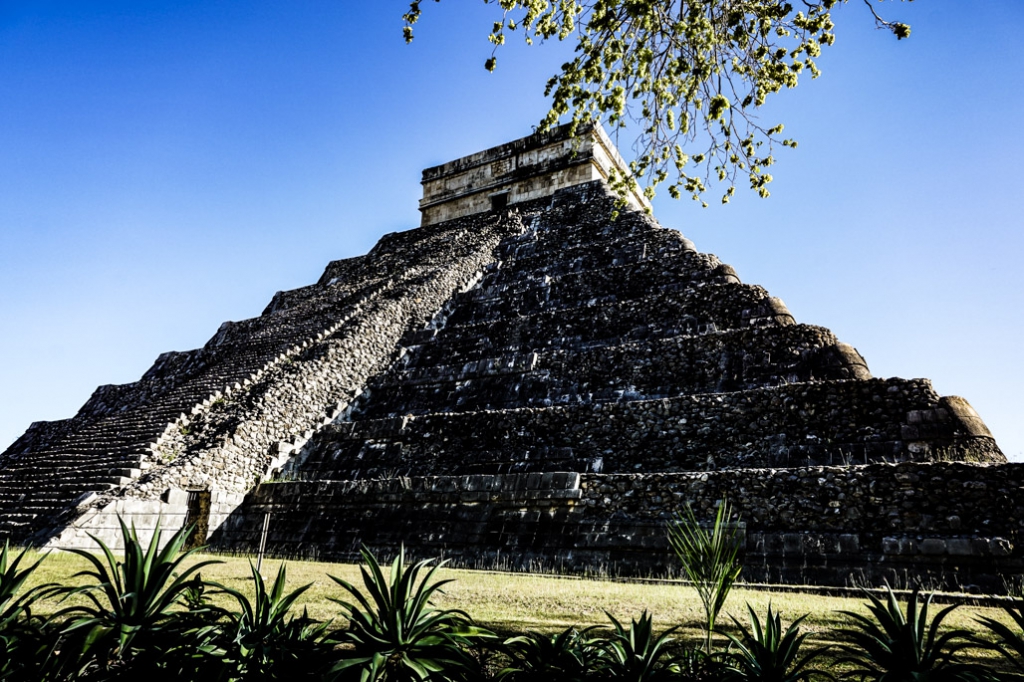
For years researchers have worked to uncover information and history that alludes to the lost culture of the Mayans. Hieroglyphs are slowly and tediously being deciphered, made hard by destruction of this language by the early arriving Spanish. This research has allowed us to glimpse at the dark, fierce and haunting past of Chichen Itza.
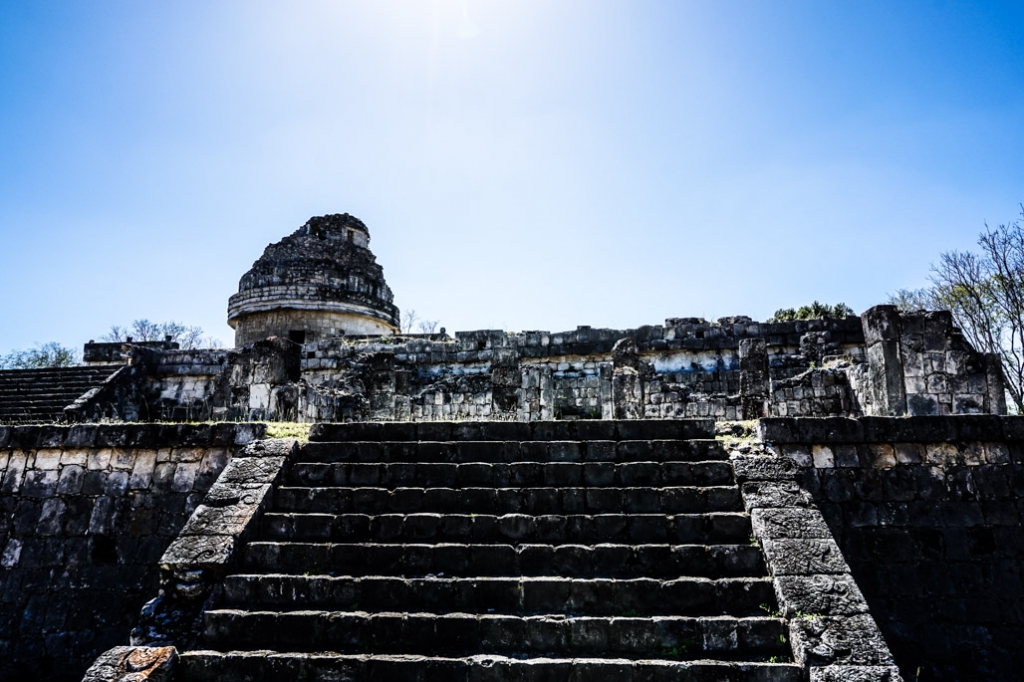
Chitzen Itza’s Dark Past
Like many ancient cultures, the Mayans who inhabited Chichen Itza, exhibited very different cultural actions and beliefs to the ones we have today. To us, their way of life and rituals seem dark and barbaric, yet this was how they paid respect, interacted with and pleased their Gods.
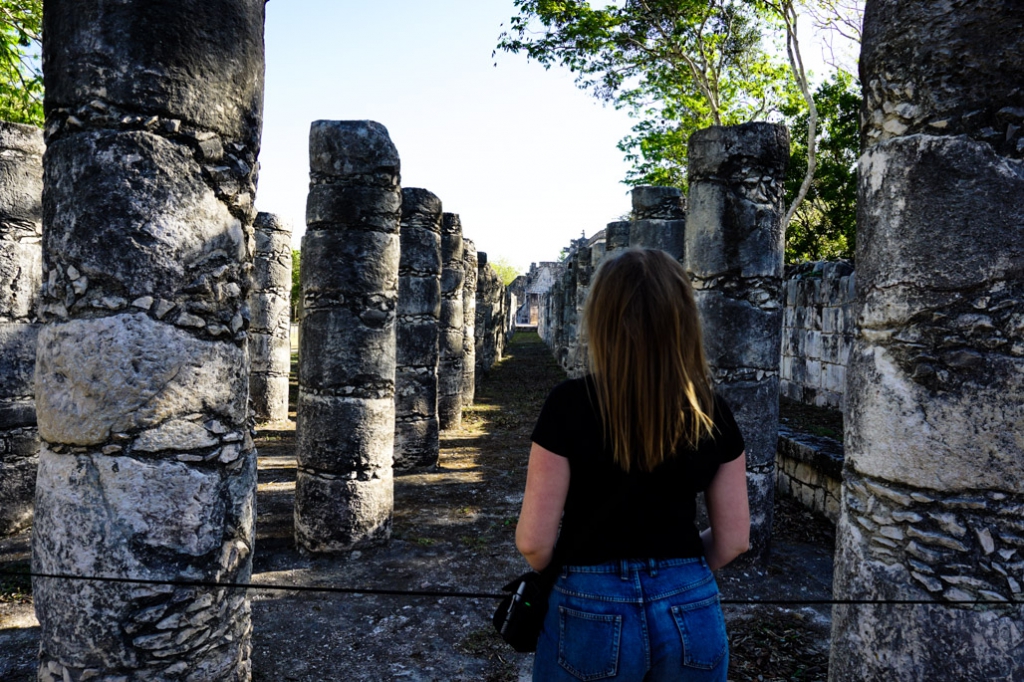
Death was viewed uniquely by the Mayans. They saw it far less negatively than typically perceived today. In this time, it was viewed as the next leg of their journey into the afterlife and at times was sought after and celebrated. One feature which distinguishes Chichen Itza’s from other Mayan ruins throughout Mexico, Belize and Guatemala is the sheer size of its ball court. These structures were built to house many spectators who would cheer as two teams went head to head in a unique sport, consisting of hitting a small ball with the hip through a round hoop. Games saw teams fight to the death, ending in a bizarre twist where the winning team’s captain was sacrificed. This form of death was seen as a great honor and is depicted within art works carved into the stones that line Chichen Itza’s great ball court. These carvings show armored men engaging in the sport and one man knelt down, decapitated with snakes splaying wildly from his neck wound, symbolic of the blood squirting from his major arteries.
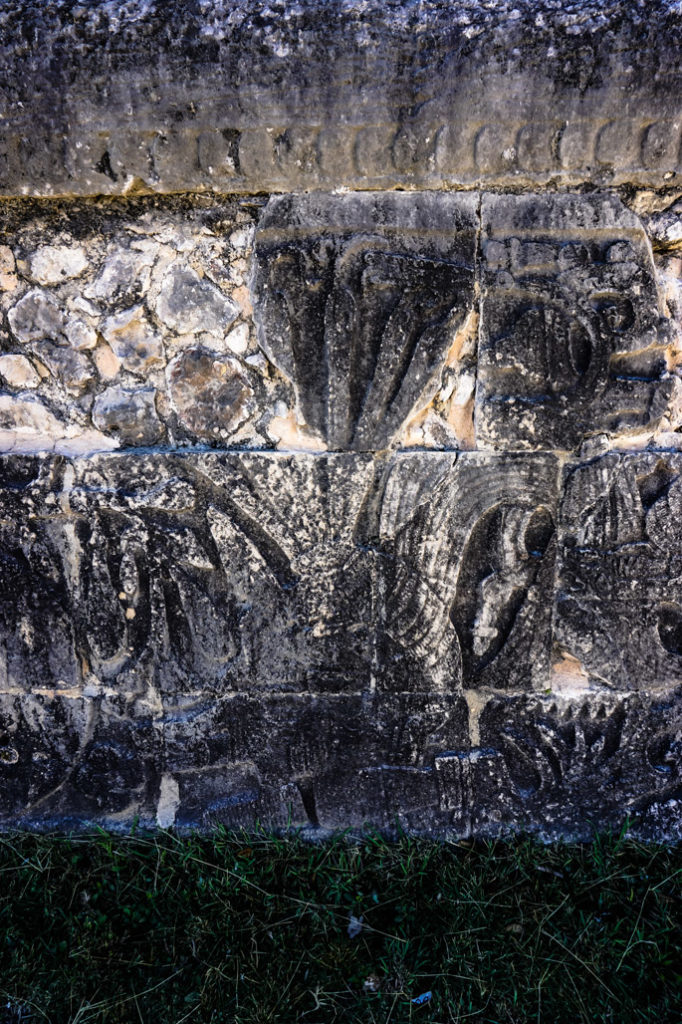
In fact, sacrifice was a common thing for the Mayans. It was seen as a way to appease the Gods and blood was offered ritually and frequently during times of disease, drought and famine. One area of Chichen Itza, which fascinated early researchers and continues to fascinate the masses today, is the great Cenote (sink hole), located behind the main pyramid (El Castillo). It is apparent that this place was a sacred one for the Mayans. They deposited a great deal of artifacts into its deep waters, including jade, which was precious to the Mayans like gold. It is thought that the Mayans believed this Cenote to be a gateway to the underworld and a direct connection to the rain god, Chaac. In addition to the precious items found at the bottom of the Cenote were hundreds of skeletons, including those of many children. It is thought that these individuals were sacrificed, pushed into the Cenote from above to appease the Rain God and hopefully break the devastating drought experienced by the Maya people.
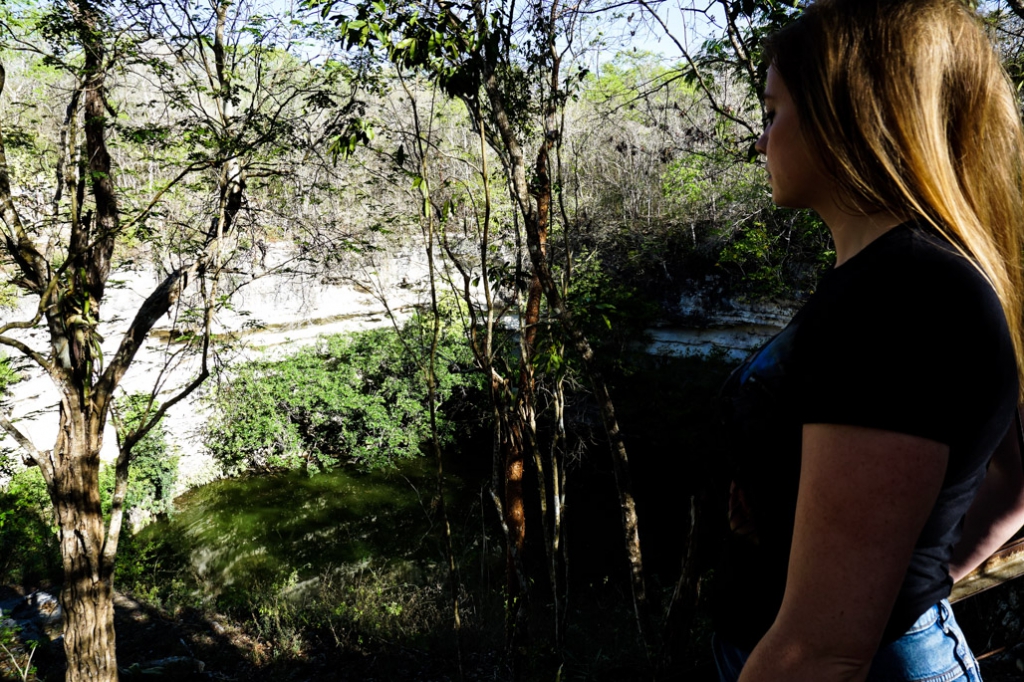
Further sacrifices are believed to have been conducted within the great pyramids of Chichen Itza, including the main central pyramid, known to many as El Castillo. Here, victims would have been killed at the top temple section of the pyramid and would have primarily been prisoners captured during warfare. The scale of these sacrifices and barbaric nature is captured in more artwork within Chichen Itza, showing rows of pierced skulls on stakes, which would have been displayed at the site as an imposing symbol of power and warning to outsiders.
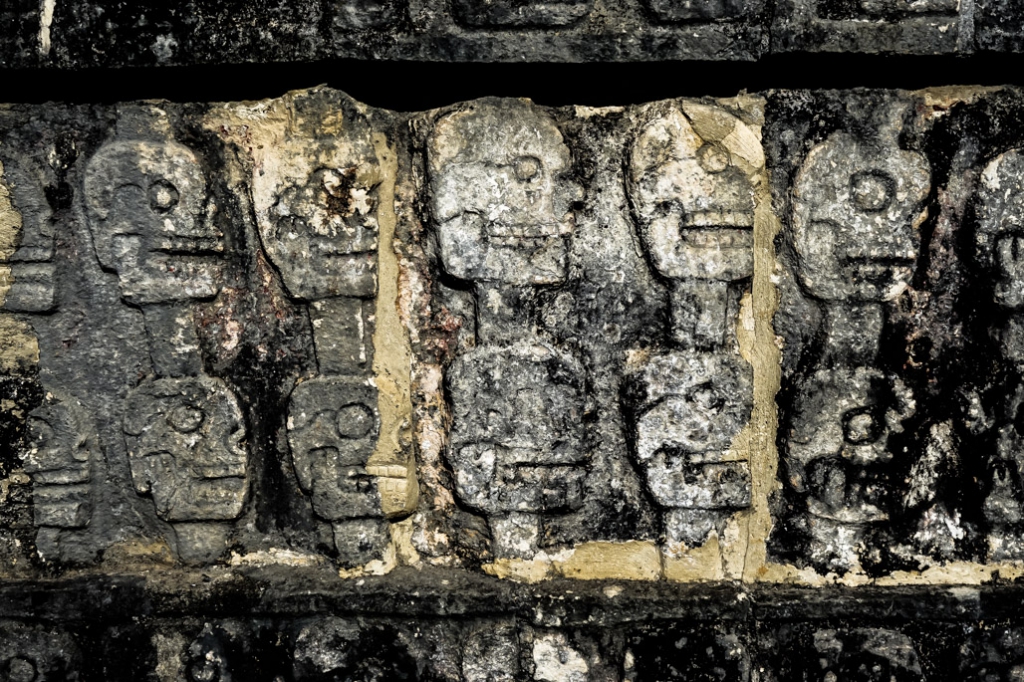
Ghost Stories of Haunted Chichen Itza
Chichen Itza has a turbulent history linked heavily with death, leaving little doubt as to why it is commonly considered one of the most haunted places in Mexico.
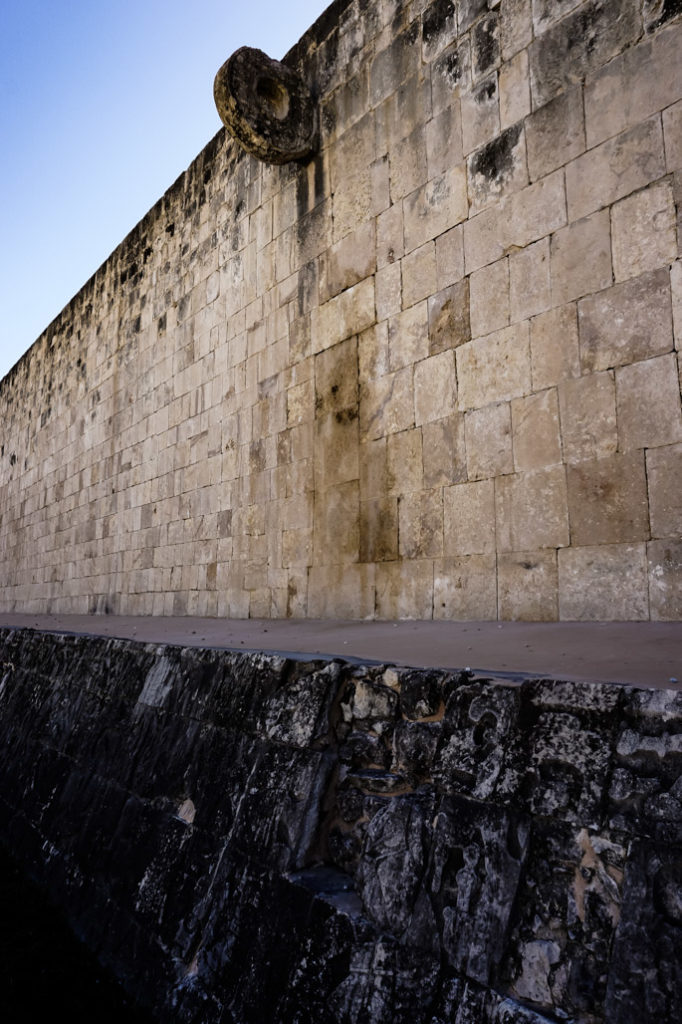
Many have claimed to sight shadow figures within pyramids (formerly open to the public) and see the apparitions of ancient spirits roaming the grounds of Chichen Itza. Many believe that these may be the souls of human sacrifice victims trapped and cursed to walk the site, unable to cross over.
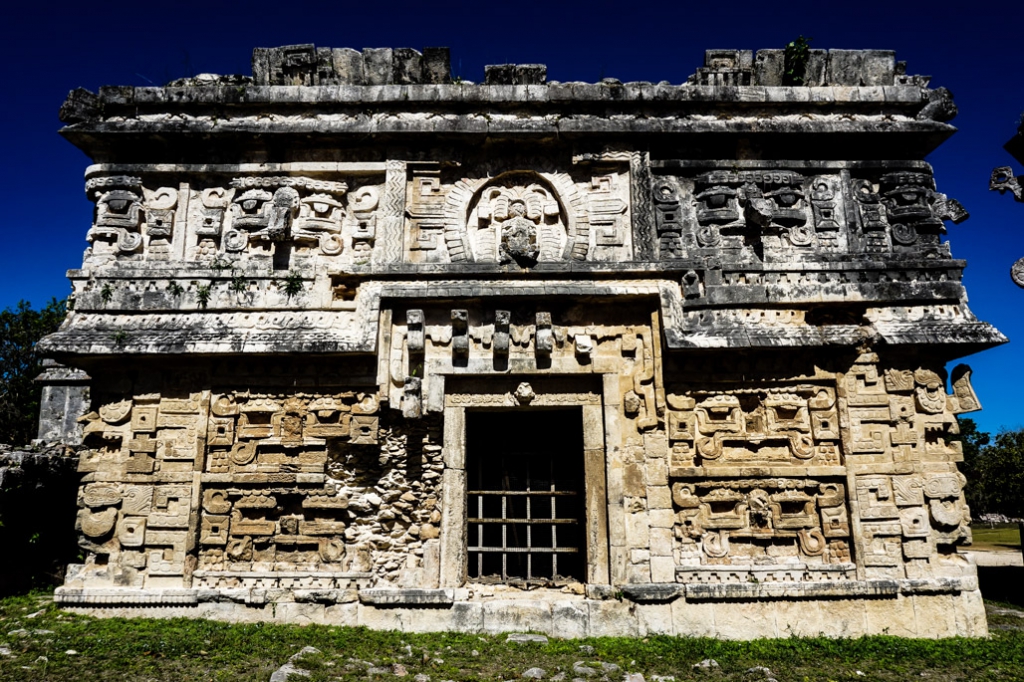
Others claim that these may be priests still guarding and protecting their sacred, religious site. This theory is further reinforced since the most active paranormal site within Chichen Itza is said to be the observatory and not the places of sacrifice. The Mayans were extremely advanced, being able to predict astronomical events with great precision. This work was of great importance and one that spirits may continue to be conducting, even in death.
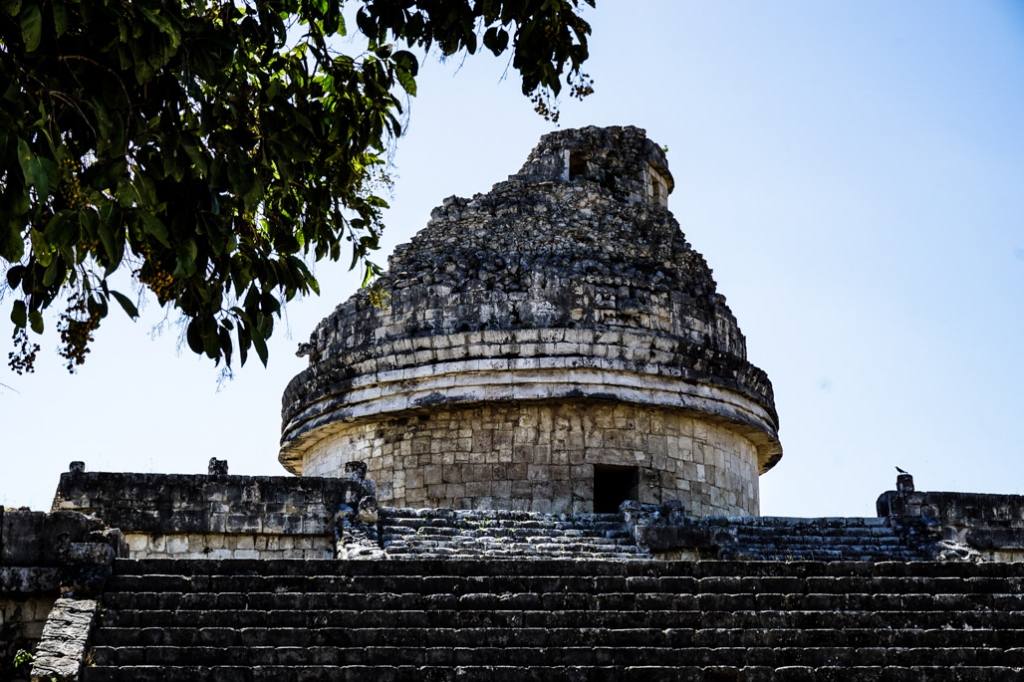
Numerous other paranormal occurrences have also been reported at Chichen Itza. Many have felt the feeling of nearby invisible presences, sudden temperature drops, disembodied voices and sounds, particularly those of ancient tribal hymns. There have also been some disturbing accounts of spiritual attachment that visitors have documented online. These tell of ancient spirits that have followed visitors home to haunt their dreams.
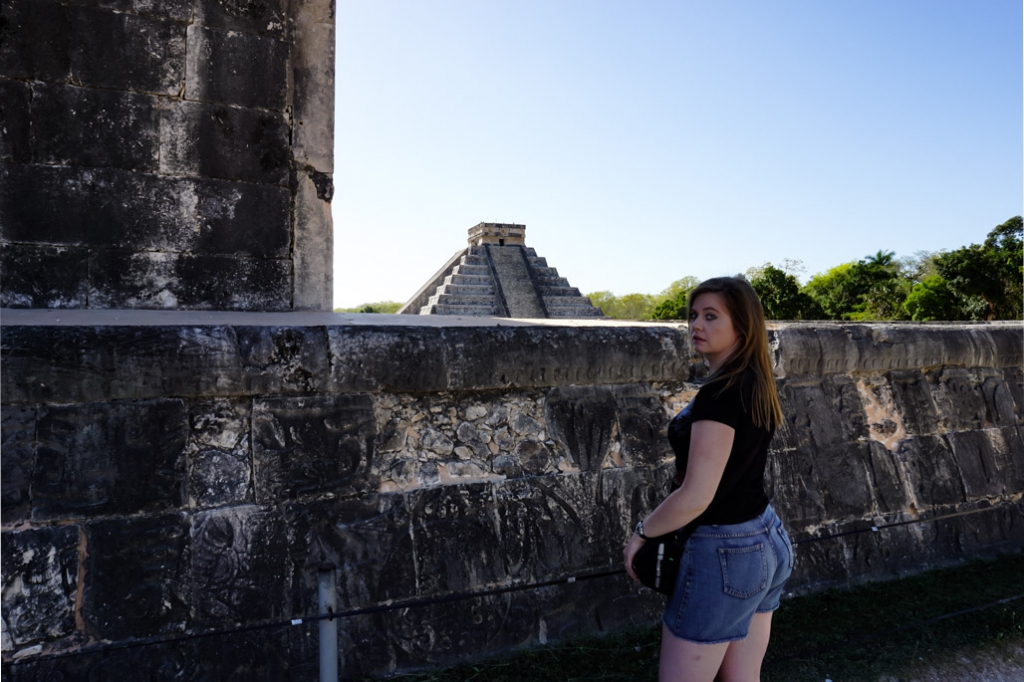
Visiting Chichen Itza
Chichen Itza is a must visit for tourists passing through Southern Mexico. It is most popular with tourists commuting from Merida, Cancun and Tulum on day trips to visit the ruins. Due to its close proximity to these destinations and breathtaking landscapes, Chichen Itza can become extremely busy later during the day. If you are like me and try hard to avoid hordes of tourists, especially to get those perfect photos, I recommend a stay in Piste (closest town to the ruins) where you can walk within 20 minutes to Chichen Itza and arrive at opening to be one of the first within the park.
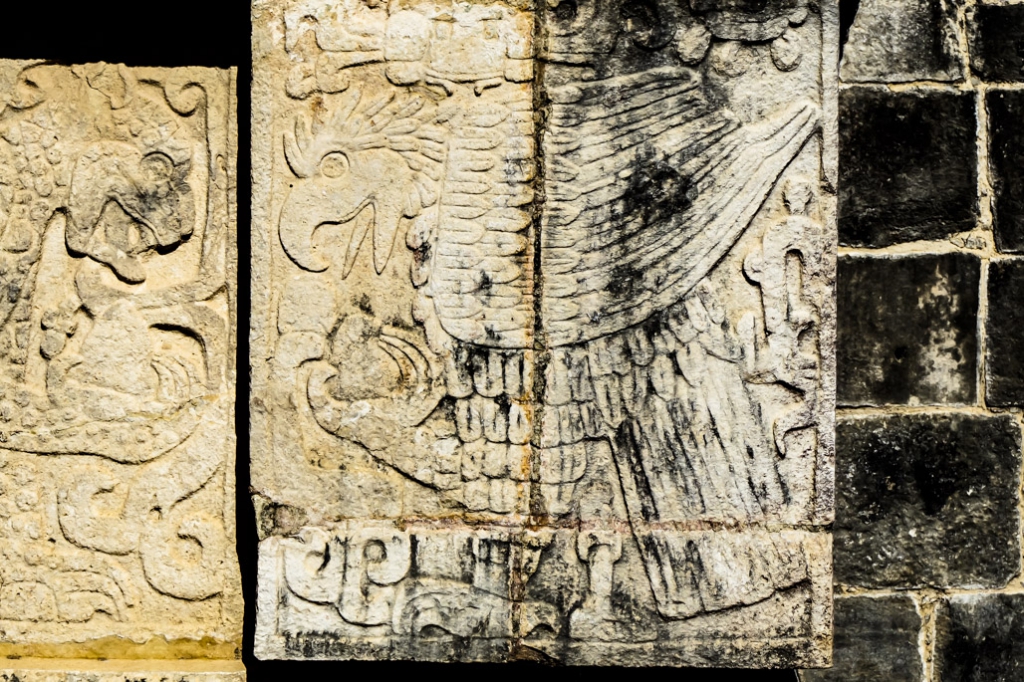
Make sure to bring plenty of water and sun protection as you’ll want to spend some quality time wandering the park. You will do a decent amount of walking but nothing overly strenuous as you cannot ascend any of the ruins. Tour guides can be purchased at the entry of the park, or you can explore at your own leisure.
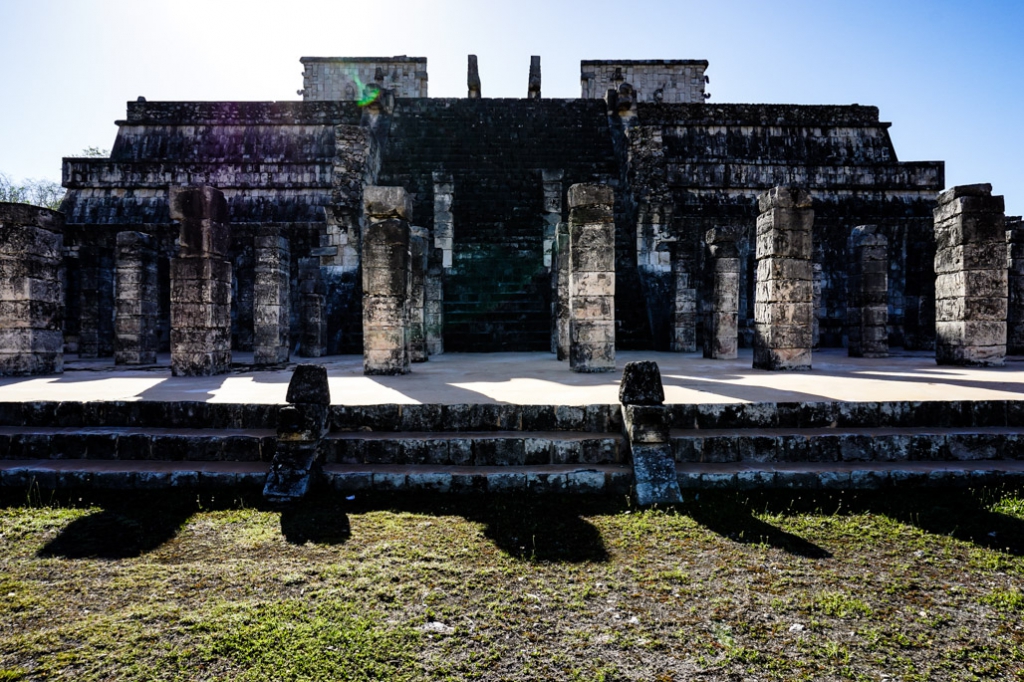
Don’t miss your chance to explore these mysterious Mayan ruins, which are some of the best-preserved surviving ruins around.
If you enjoyed this article and want to learn more about other haunted places in Mexico, check out Misnebalam, a haunted ghost town just outside Merida.
Thanks for reading!
xoxo


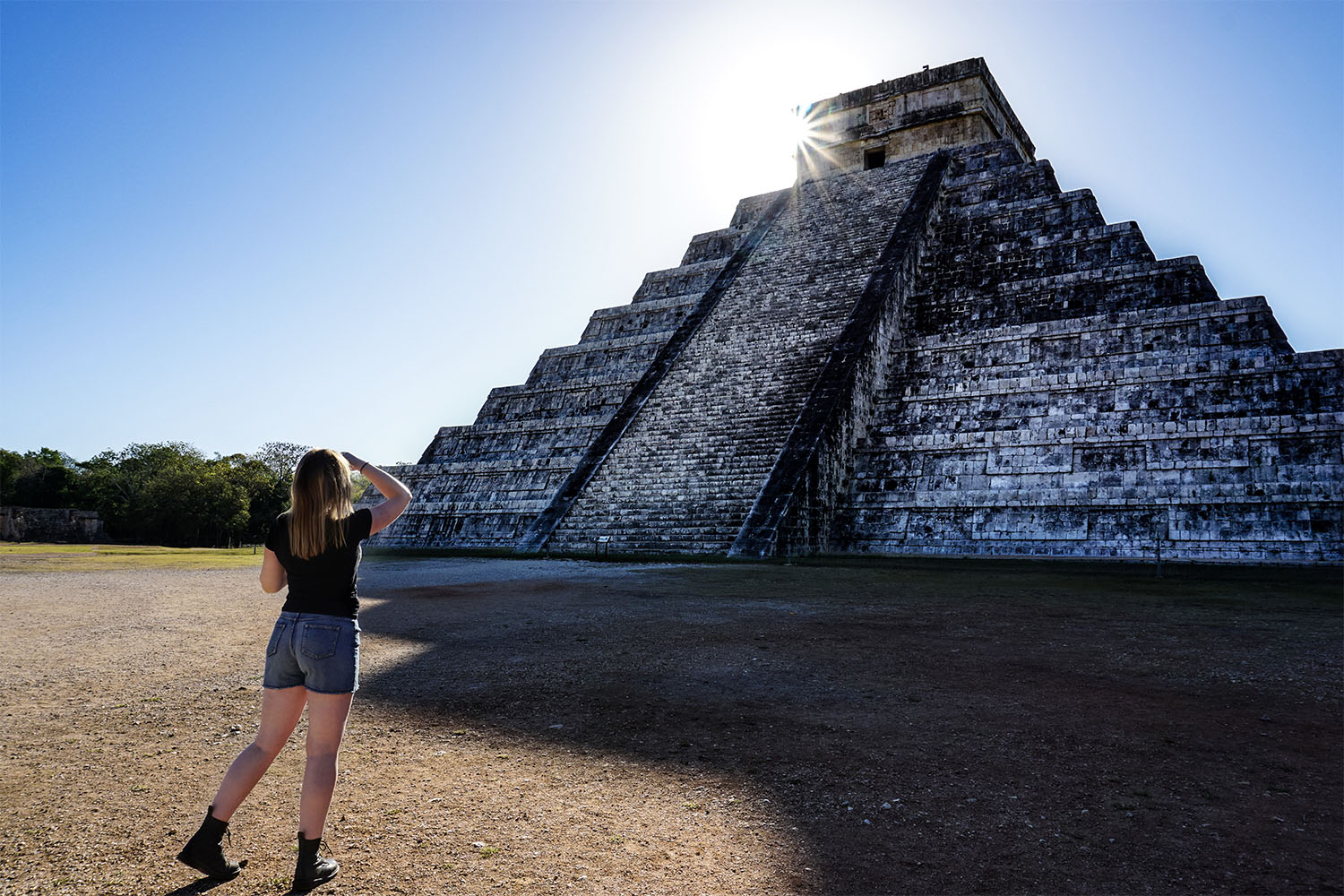
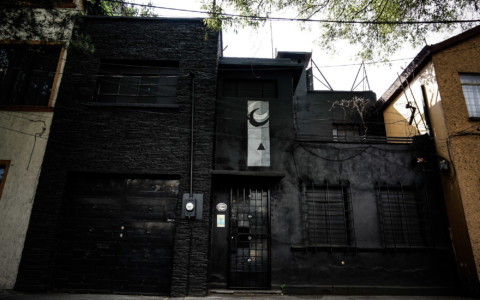
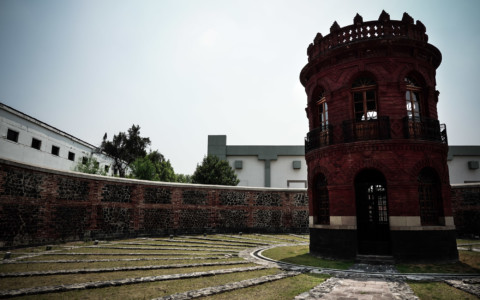
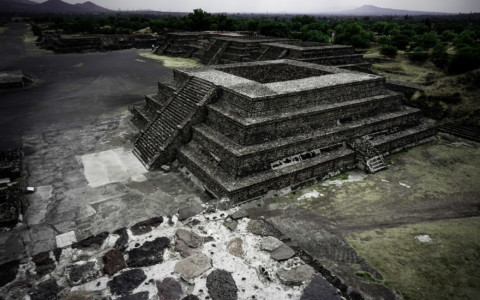

Posted by Diane armstrong on June 18, 2019
This place is definitely haunted. Was there in 2001 walkimg around after our tour. It was overcast ans we were near the 1000 columns and no one was around. Taking pics and later had them developed. One pic clearly shows a couple faces. So creepy. So cool!
Posted by Amy on June 18, 2019
Thanks so much for reading and sharing this experience of your own, Diane! It sounds like you captured some interesting photos.
Posted by Sarah on March 25, 2020
Just read this. I too had a creepy experience by the columns. Just a strong feeling I was being watched by more than one presence, though my friend and I were the only ones in that space.
Posted by Amy on March 27, 2020
Thanks for leaving this comment, Sarah! It is so cool to hear about your experience at Chichen Itza. Very interesting.
Posted by angelo adame on August 12, 2021
Visited almost a week ago. 9-6-2021. Like every person there me and the wife were taking pictures with our iPhones. When both our phones started malfunctioning and our phone took what it looks like 2 pictures in 1. My phone got extremely hot then after about a minute or 2 everything went back to normal.
Posted by Amy on August 15, 2021
Wow! That is so strange! Thanks for sharing. So cool that you were able to visit.
Posted by Rod on October 12, 2021
Was there a while back when you could climb El
Castillo and walk through the thousand columns. I definitely felt a presence walking through the columns and actually turned back. A lot of death there holds this energy for sure, a very beautiful and sacred place.
Posted by Amy on October 13, 2021
Thanks for sharing your experience, Rod.
Posted by Jessica on March 23, 2022
Hi, I loved reading your article. I’m having a really bizarre night where my parents & I were just randomly talking earlier about our vacation to Mexico back in May of ’98 when we visited Chichen Itza, and just about an hour ago I learned for the first time that it was a mass human sacrifice site. During our visit, my dad & I climbed to the top of the pyramid, I was seven years old at the time. I am currently (as of today) wondering if this is where my paranormal attachment(s) began. I’ve tried to determine who/what my first attachment was & where it came from, b/c I’ve been very sensitive to things like this since I was a child, and have picked up quite a few other “friends” during the course of my life from different places I have lived. It makes it hard to differentiate the source with multiple attachments. I am now wondering if this was the beginning! I guess I’ll have to seek out a medium fluent in Spanish (mine is pretty minimal) and who hopefully knows a thing or two about Mayan history. Thanks so much for this info! And sorry about the wacko-sounding post (I promise I’m not crazy) but I just got out of a living situation in a 250 yr old building where there was constant poltergeist-level activity, and it was the first place I’ve ever lived that I really, truly feared. And I’ve definitely lived in multiple places where the presence of different entities was very obvious to me, interacted with me, etc. But I had never been really scared of any of those, previous to living in that truly awful building, it felt like an open portal just spewing out the most terrifying of feelings. So that recent situation is kind of where my search for the source of my predisposition to these types of things came from. Going to continue my research!
Posted by Amy on March 24, 2022
Hi Jessica. Thanks for sharing your experiences with me. Sending you my best and hope you are ok.
Posted by bb on December 16, 2022
Hey Amy..visited back in 2010 or so….went early in the morning, for a private tour of the ball court,(as we were staying on site,at the Maya Land hotel by the observatory).After some walking with 2 kids and wife…we arrived at the court,my son ,who was quite an all around athlete in school ..suddenly became ill.,upon entering,and felt much better ,when we went on to the pyramid..The tour guide said he has been witness to this before,on several occasions,especially , with younger men.hmm…Makes sense ,on the haunting angle,right?
Posted by Amy on December 22, 2022
You never know… though when it comes to anything physiological like that I would always recommend seeking an opinion from a trained medical professional over any paranormal theories.